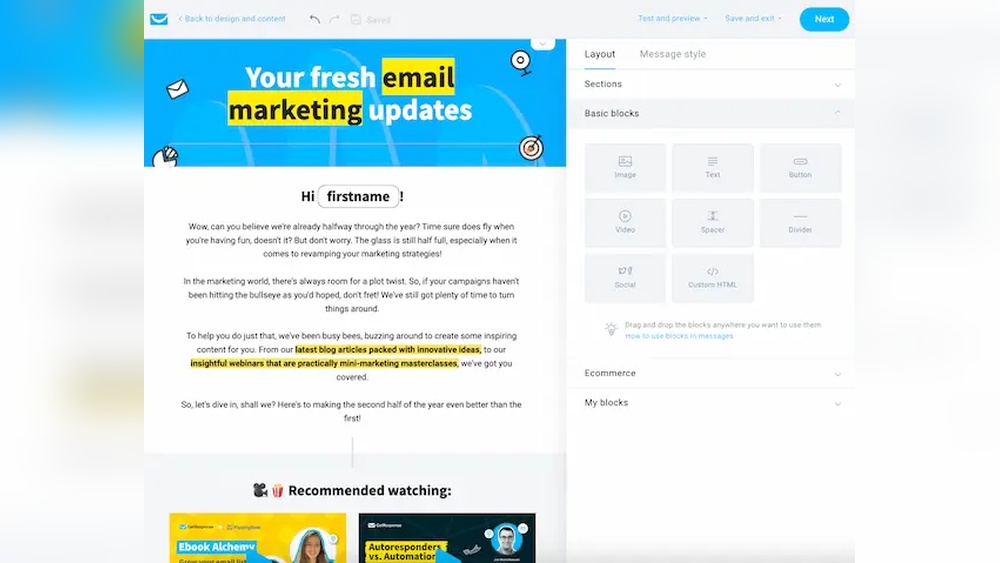Choosing the right accounting software for your business can be a daunting task. Two popular options on the market are Wave and Xero. Both platforms offer a range of features designed to simplify financial management, but how do they stack up against each other? In this post, we’ll delve deep into the functionalities, pricing, user experience, and support of Wave and Xero to help you make an informed decision.
Overview of Wave and Xero
| Aspect | Wave | Xero |
|---|---|---|
| Founded | 2010 | 2006 |
| Pricing | Free (with paid add-ons) | Subscription-based |
| Best for | Freelancers, small businesses | Small to medium businesses |
| Notable Features | Free invoicing and accounting, receipt scanning | Robust reporting, over 700 integrations |
Key Feature Comparison
Pricing Structure
When it comes to cost, Wave offers a significantly different pricing model compared to Xero. Wave’s core accounting features are free, making it an excellent choice for businesses on a tight budget. However, payment processing and payroll services are offered as paid add-ons. Conversely, Xero operates on a subscription model with tiered pricing, providing more advanced features at each level.
User Experience
Both Wave and Xero pride themselves on user-friendly interfaces. Wave’s simplicity is perfect for those with minimal accounting knowledge, while Xero offers a more detailed dashboard that caters to users who might appreciate comprehensive overviews of their financial status.
Invoicing And Payments
Wave provides straightforward invoicing capabilities, ideal for small-scale operations. Xero, on the other hand, includes more customizable invoice templates and allows for batch invoicing, which can be a timesaver for growing businesses.
Bank Reconciliation
Both platforms offer bank reconciliation features; however, Xero’s reconciliation process is generally considered more robust. It suggests matches automatically and learns from previous behavior to streamline the process.
Reporting
Xero stands out with its comprehensive reporting options, offering detailed financial reports that can be crucial for making informed business decisions. Wave’s reporting is limited but sufficient for smaller operations.
Add-ons And Integrations
Xero takes the lead when it comes to add-ons and integrations. With over 700 third-party applications, businesses can tailor the software to their specific needs. Wave’s integrations are more limited but cover basic necessities.
Pros and Cons
Wave Accounting
- Pros:
- Free to use for core accounting and invoicing
- User-friendly interface for beginners
- Unlimited bank and credit card connections
- Cons:
- Limited customization and reporting features
- Payroll and payment processing come as paid extras
- Customer support can be limited
Xero Accounting
- Pros:
- Extensive reporting capabilities
- Robust bank reconciliation feature
- Vast array of integrations and add-ons
- Cons:
- More expensive than Wave
- Can have a steeper learning curve for beginners
- Higher subscription tiers may be needed for full functionality

Credit: finmodelslab.com
Final Thoughts and Recommendations
Ultimately, the choice between Wave and Xero depends on the size of your business, your budget, and the specific features you require. For sole proprietors or small businesses starting, Wave’s free service may be all you need. For businesses with a need for comprehensive reporting, advanced features, and scalability, Xero is a well-worth investment.







